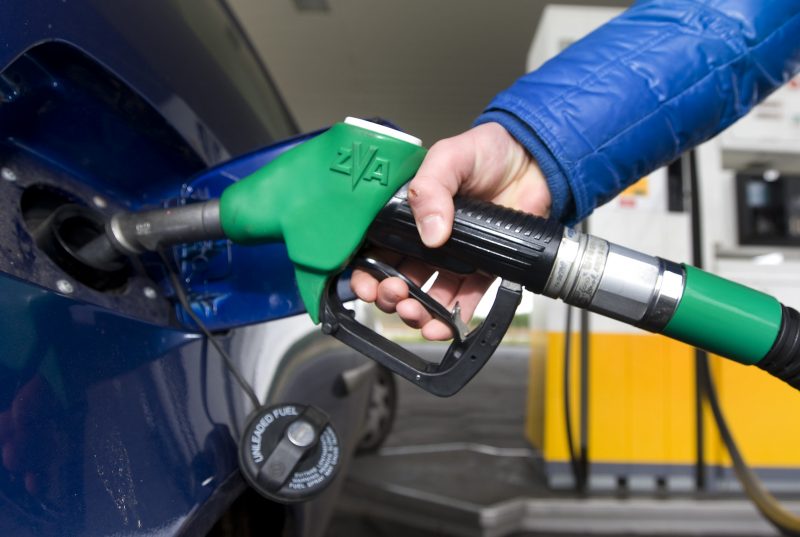- Carbon dioxide traps heat from the sun on earth, and as a result, polar ice is melting and sea levels are rising, and we’re calling it climate change.
- In order to mitigate climate change, people have to be conscious of their carbon footprints, or how much of these heat-trapping gases they’re emitting, according to a study at Columbia University.
- Your carbon footprint comes from the food you eat, the stuff you buy, and your entire lifestyle.
- Here are some things you can do to lower your carbon footprint that will hardly change your day.
- Visit Business Insider’s homepage for more stories.
1. Wash your clothes with cold water.
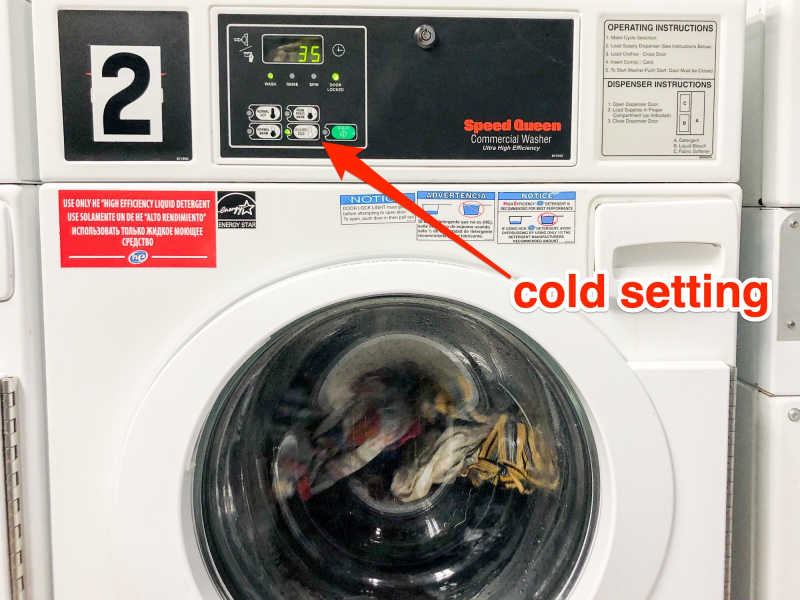
Washing clothes takes up energy, and 75% of that energy comes from just heating up the water, according to the New York Times.
2. Air-dry laundry when the weather allows.
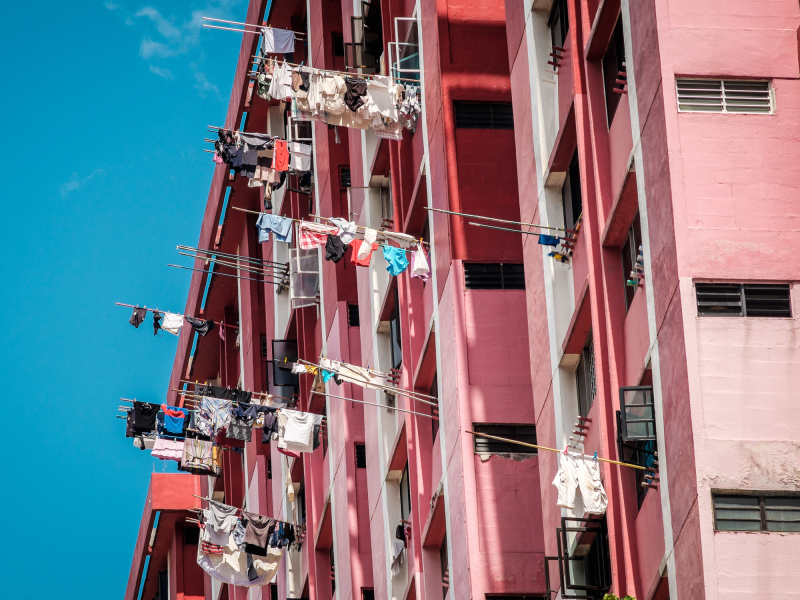
Who needs an energy-consuming dryer when it’s warm and dry outside? You can reduce your carbon footprint by hanging your clothes outside to dry.
3. Shower, don’t bathe.

The US Environmental Protection Agency (EPA) says that a full bathtub uses 70 gallons of water, while 5 minutes in the shower uses 10-25 gallons of water.
4. Wash your hands with cold water (and your hair and body too — if you can take it).

It takes energy to heat up water. So just like your laundry, wash your hands with cold water to reduce energy consumption.
5. Turn the faucet off while you brush your teeth.

Leaving the water running while you brush your teeth could waste 1.5 gallons of water per minute, according to the US Green Building Council.
6. Eat what's in season.
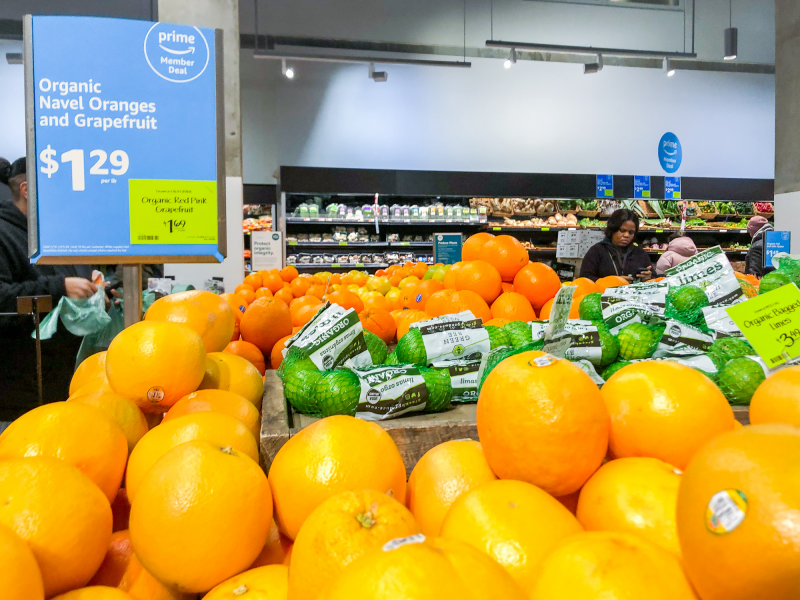
If you're eating produce that's not in season, it was either transported, or it was grown nearby using carbon to create an adequate environment for that food to grow, such as heated glasshouses. Produce that's made this way or is transported from far away places contributes to carbon emissions.
7. Eat food that hasn't traveled far.
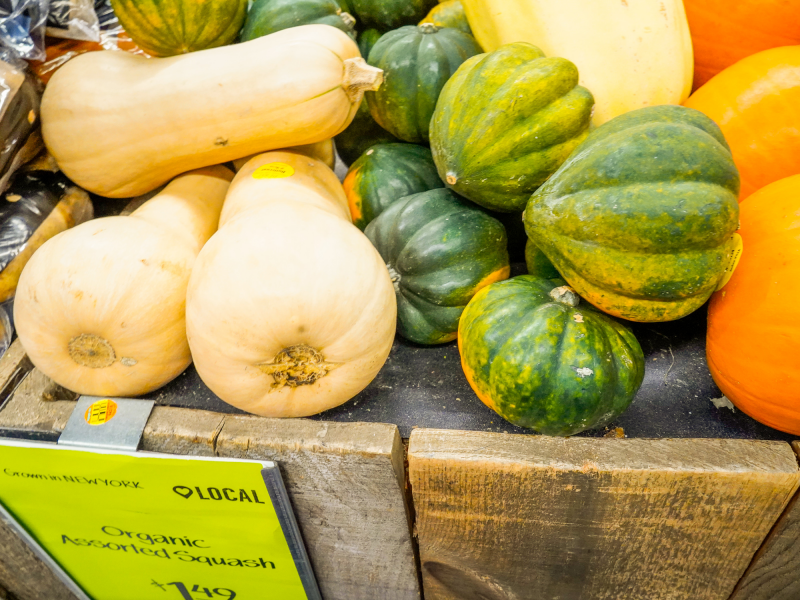
Local produce has a smaller carbon footprint than produce from other places because it didn't have to be transported anywhere.
8. Eat less meat and animal products.
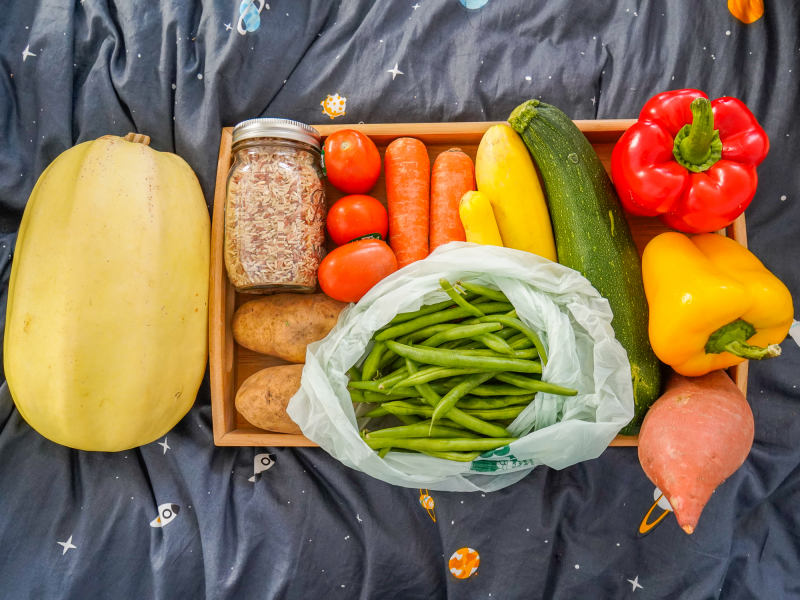
It takes a lot of open lands and water to harvest food. This means trees, which filter carbon dioxide from the air, have to be cut down. Growing food always comes with some environmental cost, but the environmental cost of a vegetarian diet is significantly less than that of a non-vegetarian diet. The livestock industry makes up 18% of greenhouse gas emissions.
9. Plan out your meals before buying and making food.
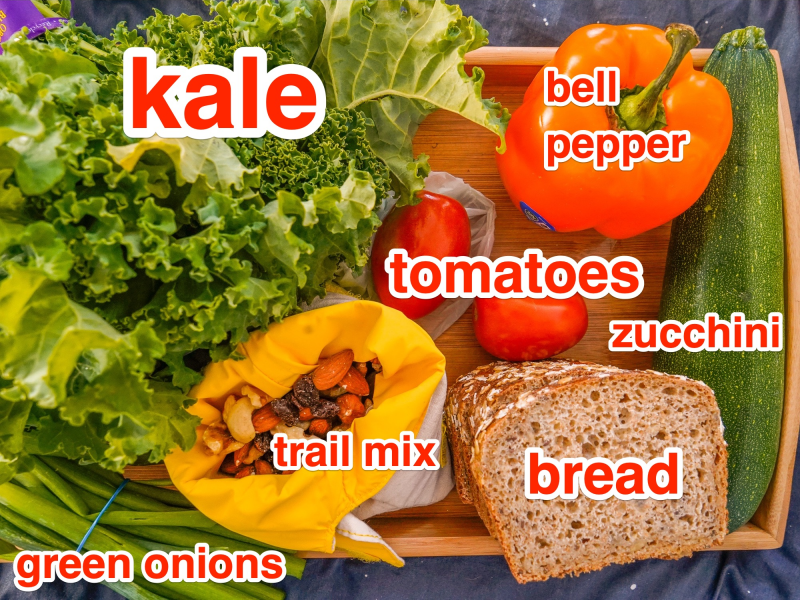
Americans waste enough food to feed another person for about 228 days each year. Cut down on food waste by actively taking note of how much food you need before you go shopping so you don't buy any more than you need.
10. Reuse food scraps.

Another way to reduce your food waste is by reusing your food scraps. There are lots of ways to do this, including making your own vegetable broth from vegetable skins and scraps.
11. Buy in bulk.

One of the easiest ways to reduce your carbon footprint is to buy in foods bulk and use your own containers, so there's no unnecessary packaging involved in your grocery shopping.
12. Bring reusable grocery bags.
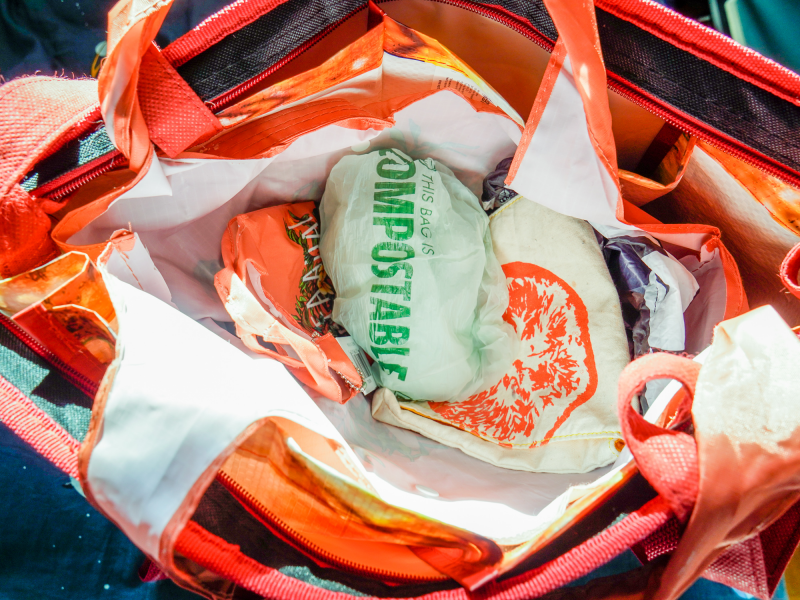
You should also bring reusable bags to the grocery store so that you don't have to create waste by using paper or plastic bags. Plastic waste typically takes 1,000 years to break down and become part of the earth, and they produce toxic fumes when burned.
13. Carry a water bottle ...
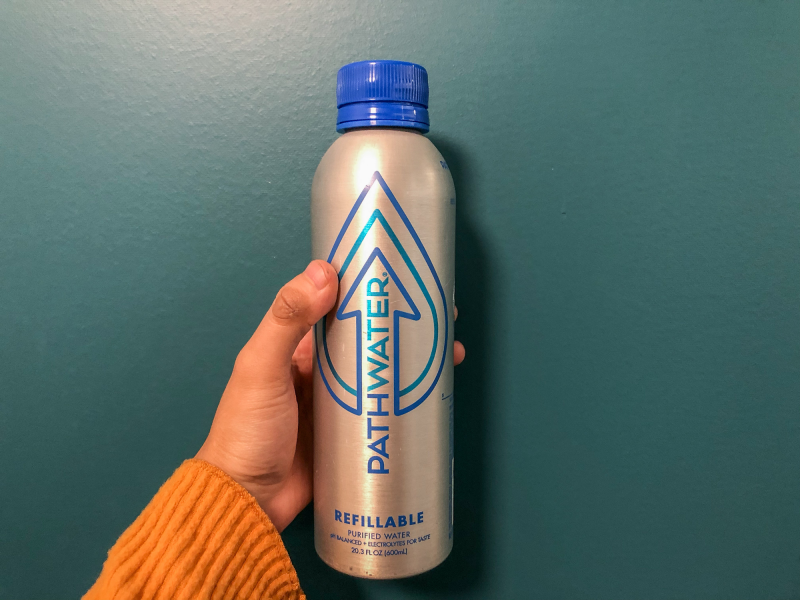
This way you'll never have to buy another plastic water bottle again.
14. ... and a mug.

Reduce waste by bringing your own mug to your office and coffee shops. This way there will be one less wasted cup every time you need caffeine.
15. Buy less stuff.

The stuff we buy that doesn't disintegrate ends up in a landfill eventually, and whether it's by car, plane, or boat, shipping stuff takes fuel. So the less you buy, the less you have to worry about that.
16. Before throwing stuff away, ask: Can I re-use or repair this?
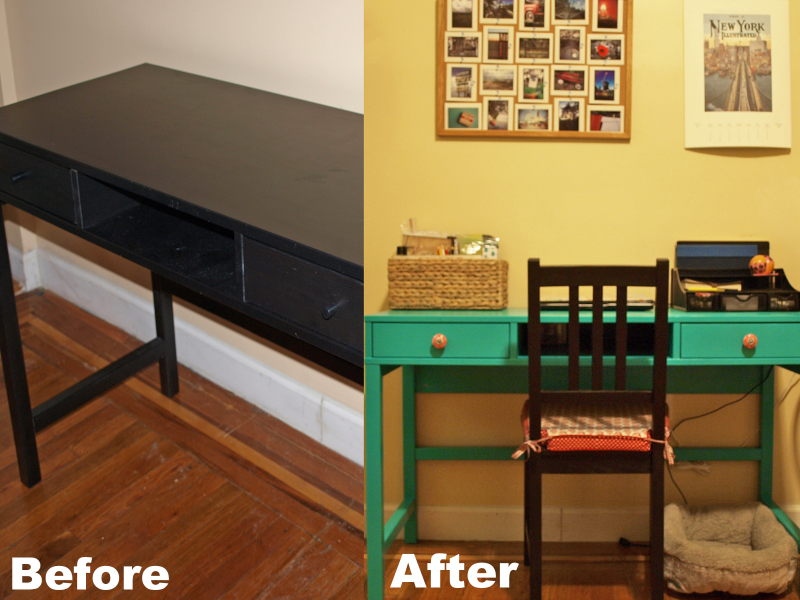
One way to buy less stuff is to reuse what you already have. This way one less thing goes in the trash and you're not increasing your carbon footprint by buying another thing.
17. Buy used clothing.
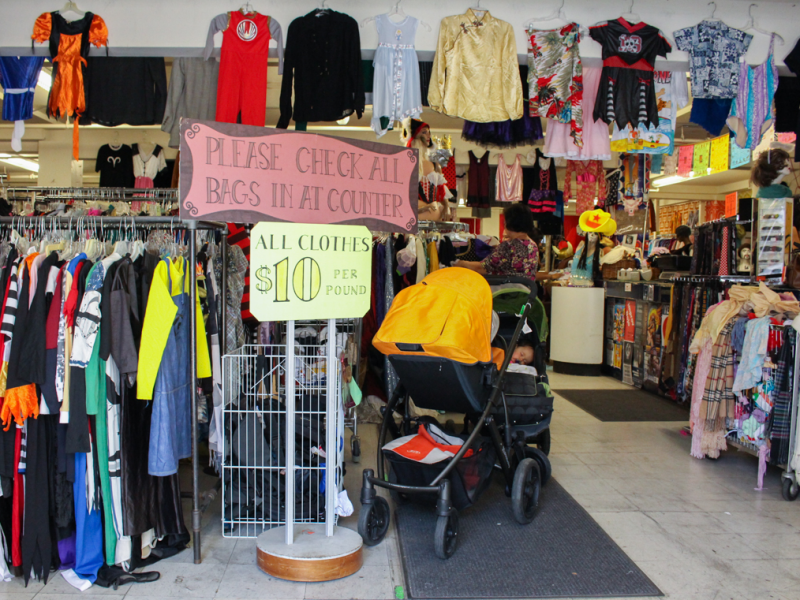
Buying used clothing keeps you from contributing to fast fashion companies that make new trends every week and garments that aren't built to last, wasting resources on cheap clothing that will inevitably end up in a landfill.
18. Turn down the heat.
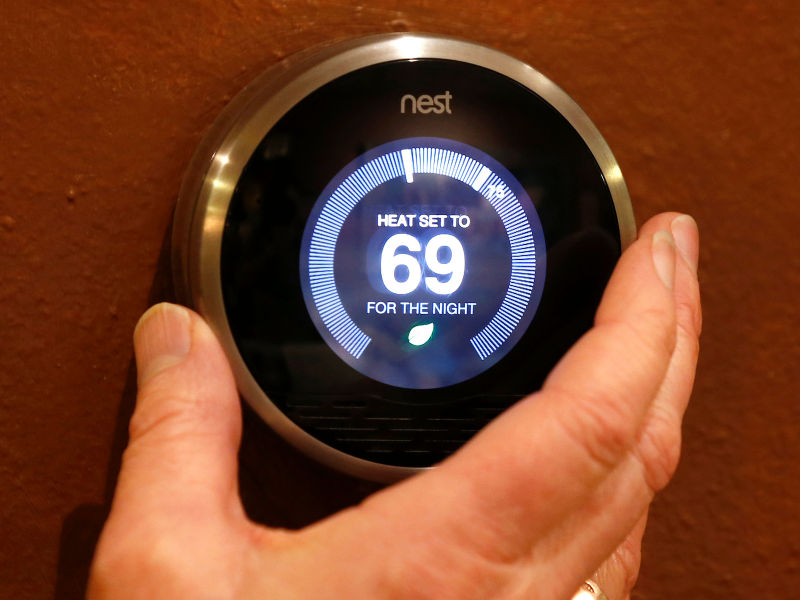
Turning your thermostat down two degrees in the winter and up two degrees in the summer could save 2,000 pounds of carbon dioxide a year because it takes energy to heat and cool a home.
19. If you're not using an electronic device, unplug it.
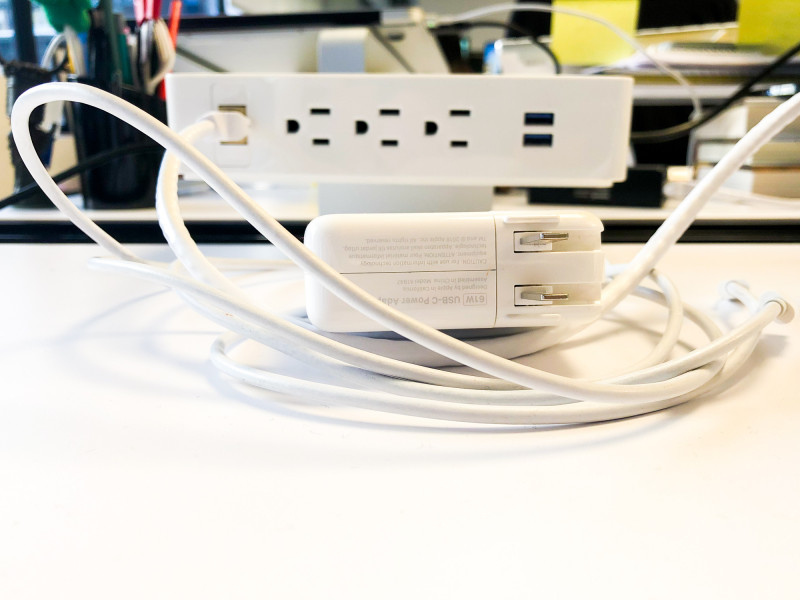
Anything with so much as a tiny light is using energy when plugged in - from TVs to toasters.
20. Take public transportation if it's available to you.
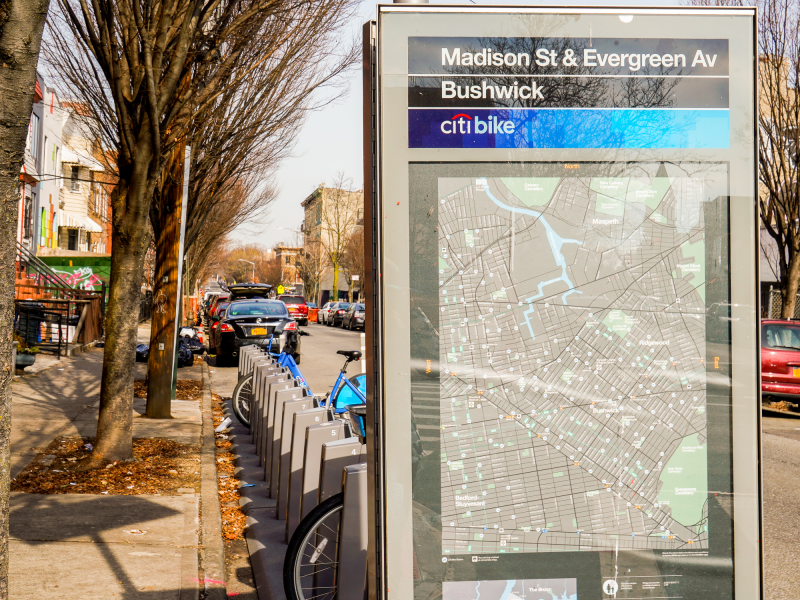
Almost 30% of US carbon emissions come from transportation. So if you live in a city with a public transportation system - use it instead of driving a car.
21. If you drive, do it efficiently.

If public transportation is not an option for you, there are many ways you can drive efficiently to reduce your carbon footprint, starting with chilling on the gas and breaks.
The more you use the breaks, the more you'll need the gas pedal, and the more you use the gas pedal, the more heat-trapping gas you'll use, which comes right out of your muffler. Therefore, the less you accelerate, the more you'll reduce carbon emissions when you drive.
22. Fly non-stop in economy seating.
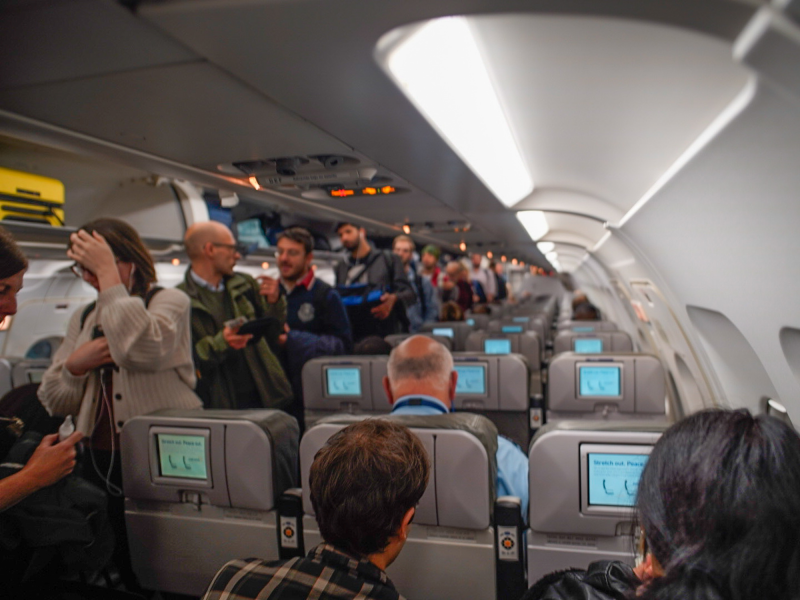
While flying at all is a sure-fire way to raise your carbon footprint, flying first class will raise it sevenfold, since you're sharing space with far fewer people. So you should feel good about cramming in coach.
23. Look for Energy Star sticker when buying energy-consuming products.
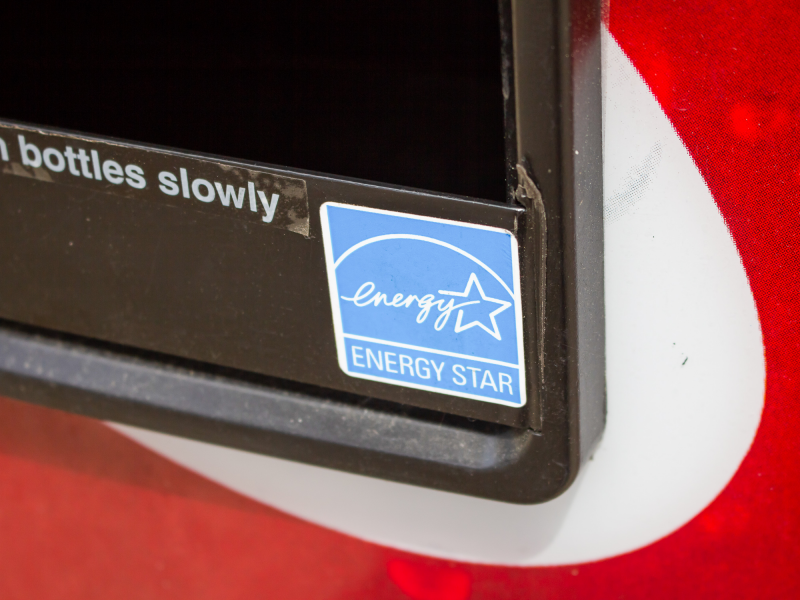
Products with this sticker are the most energy-efficient because they meet energy-saving standards set by the EPA. The qualifications vary depending on the type of product, but they all must be a certain amount more energy-efficient than either the minimum federal efficiency standard or the national average.
24. Donate working electronics and recycle broken electronics.
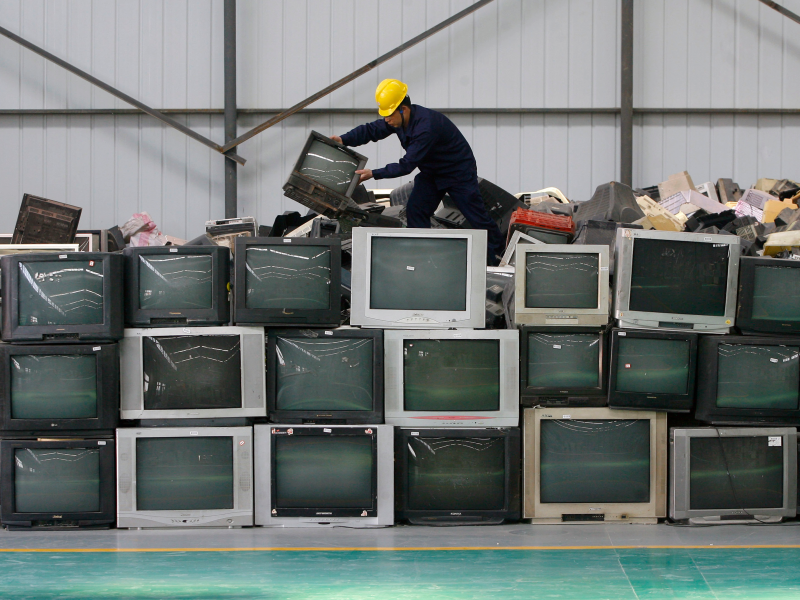
Visit your local electronics store to see if they'll recycle your old products for free. Recycling old electronics keeps them out of landfills.
25. Know when to recycle.
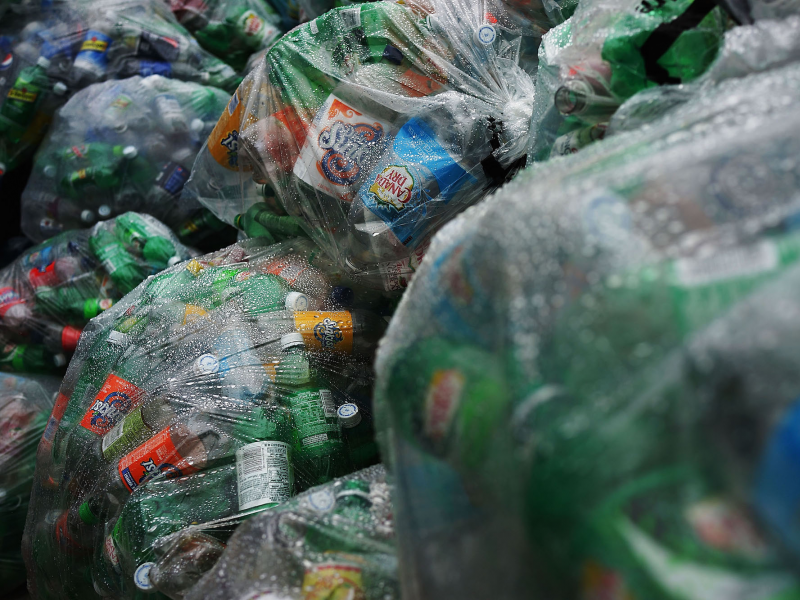
Take a look at your city's recycling program to find out exactly what can and can't be recycled.
26. Empty and rinse food containers before putting them in the recycling bin.
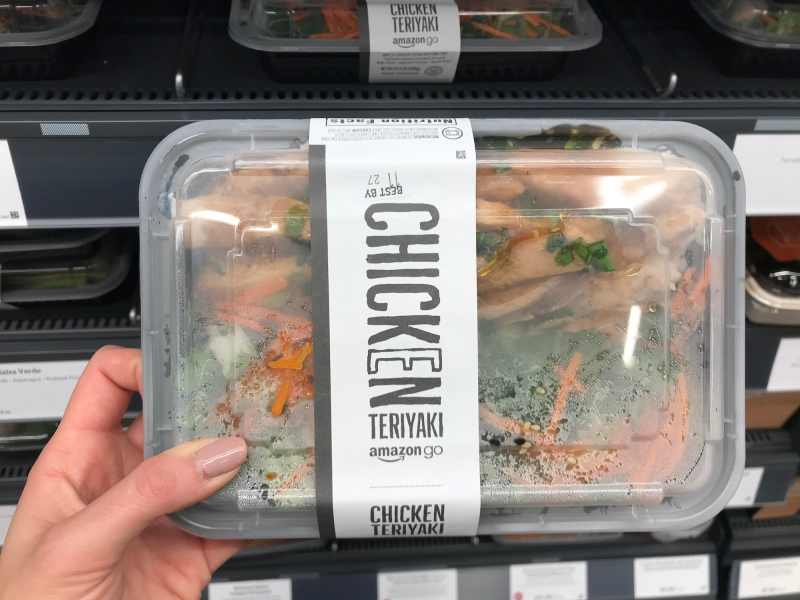
If there's too much food and liquid in a load of recyclables, it could all just be sent to a landfill. So cleaning out your take out containers could save a whole neighborhood's worth of recyclables.
27. Drop by the store on your way home rather than ordering online.

Free one-day shipping is convenient, but from packaging to transport, this comes at a huge environmental cost.
Not only is fuel used to get the goods from a warehouse to your door, but the products are also packaged in cardboard, which the Guardian says is the third-largest industrial use of energy on Earth. Aside from cutting down trees, making cardboard requires machines that use a lot of energy.
28. Talk about climate change.
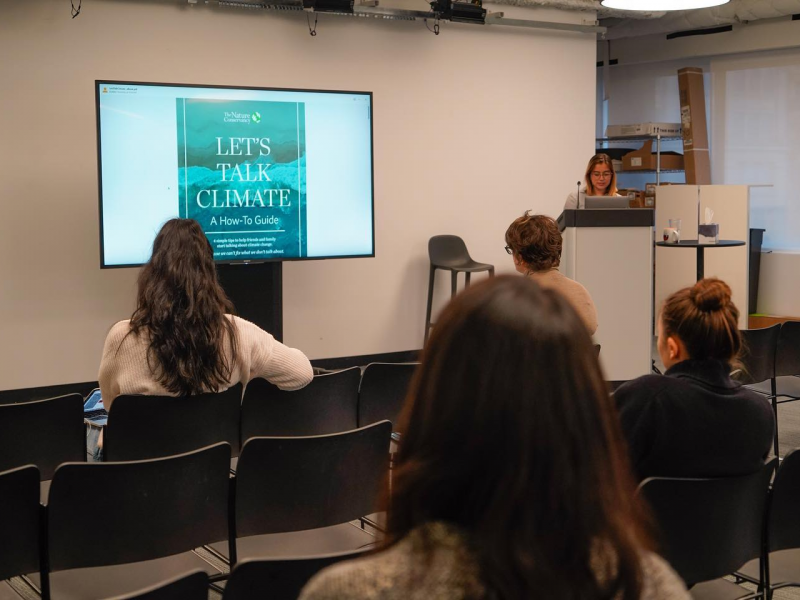
According to Rebecca Benner, Director of Conservation and Science at the Nature Conservancy in New York, one of the best things you can do to reduce your carbon footprint is just talk about it.
29. Vote for people and laws that support efforts to mitigate climate change.

Voting for people that can support environmental regulations can lead to cities, states, and entire countries reducing carbon emissions.









